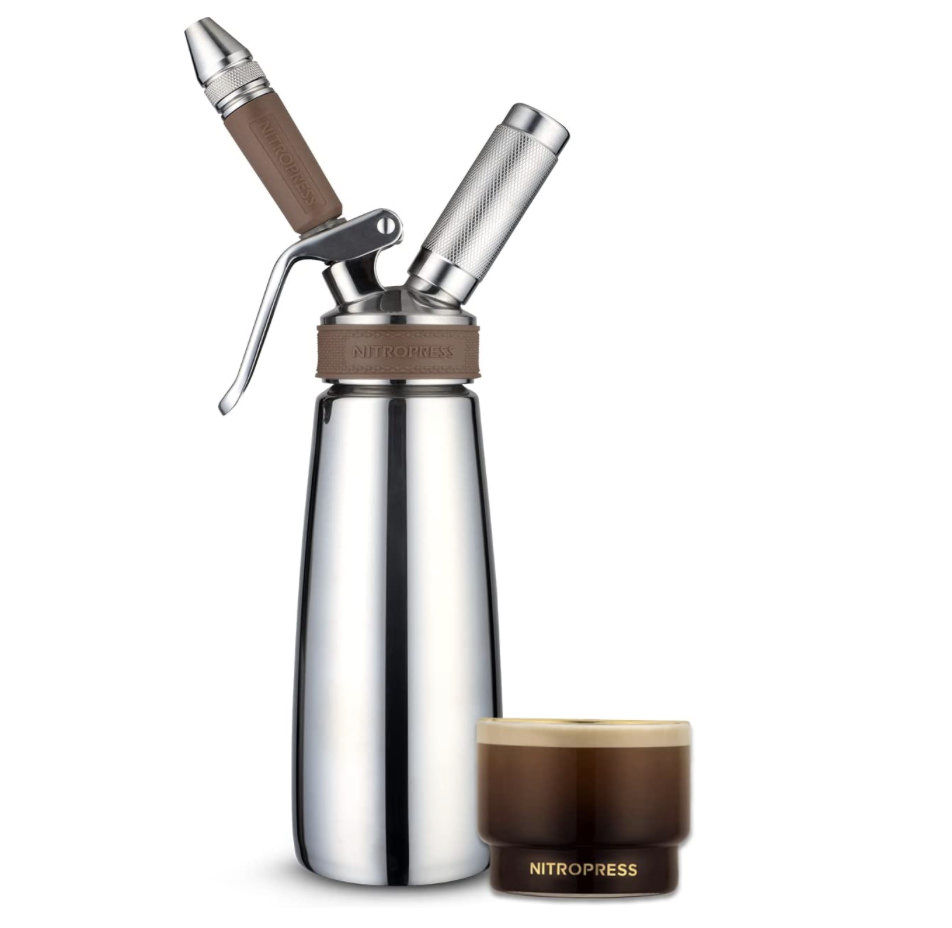So much news about the many updates happening to AI assistants these days. Many manufactures are jumping on board with adding some of that assistance to our daily home tools. I can image AI’s integration into coffee making is set to bring a host of possibilities. Here are some potential future developments I thought that could enhance how we enjoy our coffee. I think our coffee pots are safe from an AI going rogue and taking over our house.
Integration with Work Calendars
Imagine a coffee maker that syncs with your work calendar. On busy days with back-to-back meetings, it could brew a stronger cup to give you that extra boost of energy. Conversely, on lighter days, it could prepare a milder brew for a more relaxed start. This level of integration ensures that your coffee not only tastes great but also fits perfectly with your daily schedule.
Voice Control and Virtual Assistants
Voice control is already transforming smart home devices, and coffee makers are no exception. Future coffee makers could integrate seamlessly with virtual assistants like Alexa, Google Assistant, or Siri. You could start brewing your coffee with a simple voice command, adjust brewing parameters on the fly, or ask for recommendations based on your mood and preferences. Voice control makes the entire coffee-making process more convenient and interactive.
I can imagine going mute on a call to tell the voice assistant “start a medium strength cup of coffee” so it is ready when things wrap up.
Mood and Health Monitoring
By integrating with wearable devices and health apps, future coffee makers could monitor your mood and health metrics. If your wearable detects that you didn’t sleep well, the coffee maker could prepare a stronger brew to help you wake up. If your health app shows high stress levels, it might suggest a calming blend. This personalized approach ensures that your coffee not only tastes great but also supports your overall well-being.
Another perspective of good sleep may be that the wearable device AI tracks what helps you have a calm night sleep and warns against the things and actions that may actually harm your ability to recharge your body. It might not be coffee for everyone. If the AI sees the sleep it is tracking is impacted by a coffee within a window of time before bed, it could warn you to find another even beverage.
Customizable Coffee Profiles
AI could allow for highly customizable coffee profiles that cater to individual preferences. These profiles could include specific settings for brewing strength, temperature, and even the type of milk or sweetener used. You could have different profiles for different times of the day, occasions, or even family members. This level of customization ensures that everyone gets their perfect cup of coffee every time.
Real-Time Feedback and Learning
Future coffee makers could provide real-time feedback on the brewing process. Using sensors and AI algorithms, they could adjust brewing parameters on the fly to ensure optimal flavor extraction. Over time, these machines could learn from your feedback, refining their brewing techniques to match your evolving taste preferences.
As I mentioned in several previous articles here, the temp and weather pressure can impact the coffee flavor so an AI learning local impacts could adjust the brewing process to assure a quality cup of coffee. No matter if it is rainy night or warm morning.
Sustainable Brewing Practices
AI can play a significant role in promoting sustainability in coffee brewing. Future coffee makers could use AI to optimize water and energy usage, reducing waste. They could also recommend sustainable coffee beans and brewing methods, helping you make eco-friendly choices without compromising on taste.
Different choices of coffee beans could be chosen by an AI when it automatically orders beans to keep enough beans in the house. That will most likely be made easier with Amazon but if a standard was found it could be tied into many different bean roaster’s web sites.
Enhanced Social Sharing
For coffee enthusiasts who love to share their passion, AI could enable enhanced social sharing features. Imagine being able to share your custom coffee recipes with friends and family through an app. You could even join a community of coffee lovers, exchanging tips and discovering new brewing techniques. This social aspect adds a fun and engaging dimension to your coffee experience.
Not really fitting into any of my groups is if the pot of the future is tied into other parts of a house automation. When person picks up their coffee cup from the brewer in the evening, perhaps the lights dim. Or, in the morning, when the coffee cup is done brewing, the window shades open a touch to let in the morning light.
Through the many advancements in AI, the future of AI in coffee making is full of possibilities. From integrating with work calendars to providing real-time feedback and promoting sustainable practices, AI is set to revolutionize our coffee rituals. As these technologies continue to evolve, they will undoubtedly make our daily coffee experience more personalized, convenient, and enjoyable. The perfect cup of coffee is just a smart coffee maker away.
Please note that if you purchase from clicking on the link, some will result in my getting a tiny bit of that sale to help keep this site going. If you enjoy my work, perhaps you would consider donating to my daily cup of coffee, thank you.





